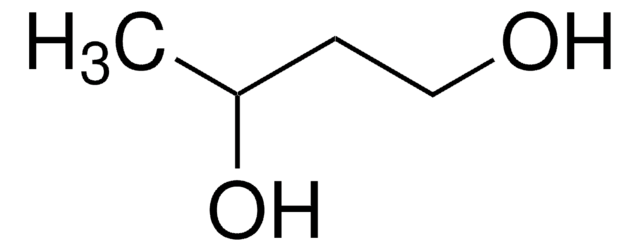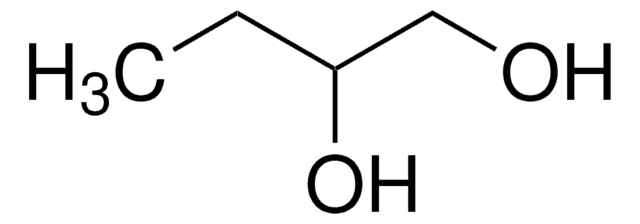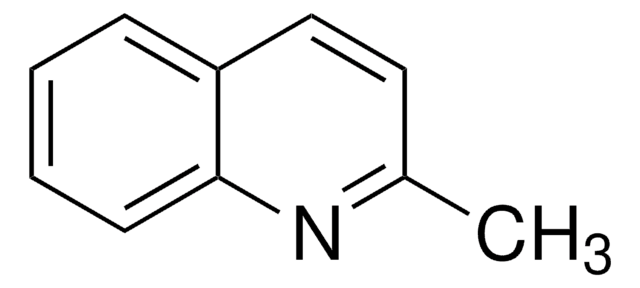09068
(±)-1,3-Butanediol
analytical standard
Synonym(s):
1,3-Butylene glycol
About This Item
Recommended Products
grade
analytical standard
Quality Level
vapor density
3.1 (20 °C, vs air)
vapor pressure
0.06 mmHg ( 20 °C)
Assay
≥99.0% (GC)
autoignition temp.
741 °F
shelf life
limited shelf life, expiry date on the label
impurities
≤0.2% water
refractive index
n20/D 1.439-1.441
n20/D 1.44 (lit.)
bp
203-204 °C (lit.)
density
1.005 g/mL at 25 °C (lit.)
application(s)
cleaning products
cosmetics
flavors and fragrances
food and beverages
personal care
format
neat
SMILES string
CC(O)CCO
InChI
1S/C4H10O2/c1-4(6)2-3-5/h4-6H,2-3H2,1H3
InChI key
PUPZLCDOIYMWBV-UHFFFAOYSA-N
Looking for similar products? Visit Product Comparison Guide
General description
Find all available reference materials for compounds listed in 10/2011 here
Application
Storage Class Code
10 - Combustible liquids
WGK
WGK 1
Flash Point(F)
226.4 °F - closed cup
Flash Point(C)
108 °C - closed cup
Regulatory Listings
Regulatory Listings are mainly provided for chemical products. Only limited information can be provided here for non-chemical products. No entry means none of the components are listed. It is the user’s obligation to ensure the safe and legal use of the product.
FSL
Group 4: Flammable liquids
Type 3 petroleums
Hazardous rank III
Water soluble liquid
JAN Code
09068-5ML:
09068-VAR:
09068-BULK:
09068-1ML:
Choose from one of the most recent versions:
Already Own This Product?
Find documentation for the products that you have recently purchased in the Document Library.
Customers Also Viewed
Our team of scientists has experience in all areas of research including Life Science, Material Science, Chemical Synthesis, Chromatography, Analytical and many others.
Contact Technical Service









